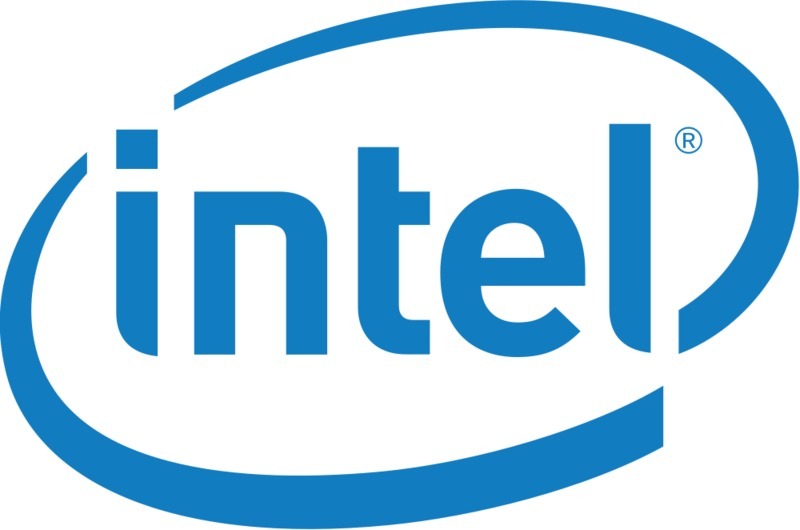RealityCapture, like other photogrammetry applications, is built to take a batch of photographs and turn them into digital, 3D models. The many steps involved in that process can take a lot of time, and utilize both the CPU and GPU at different points. We recently put together a benchmark tool for RealityCapture, and in our first article focusing on this software we are going to take a look at how Intel’s Core i7 and i9 processors stack up against AMD’s Threadripper chips.







